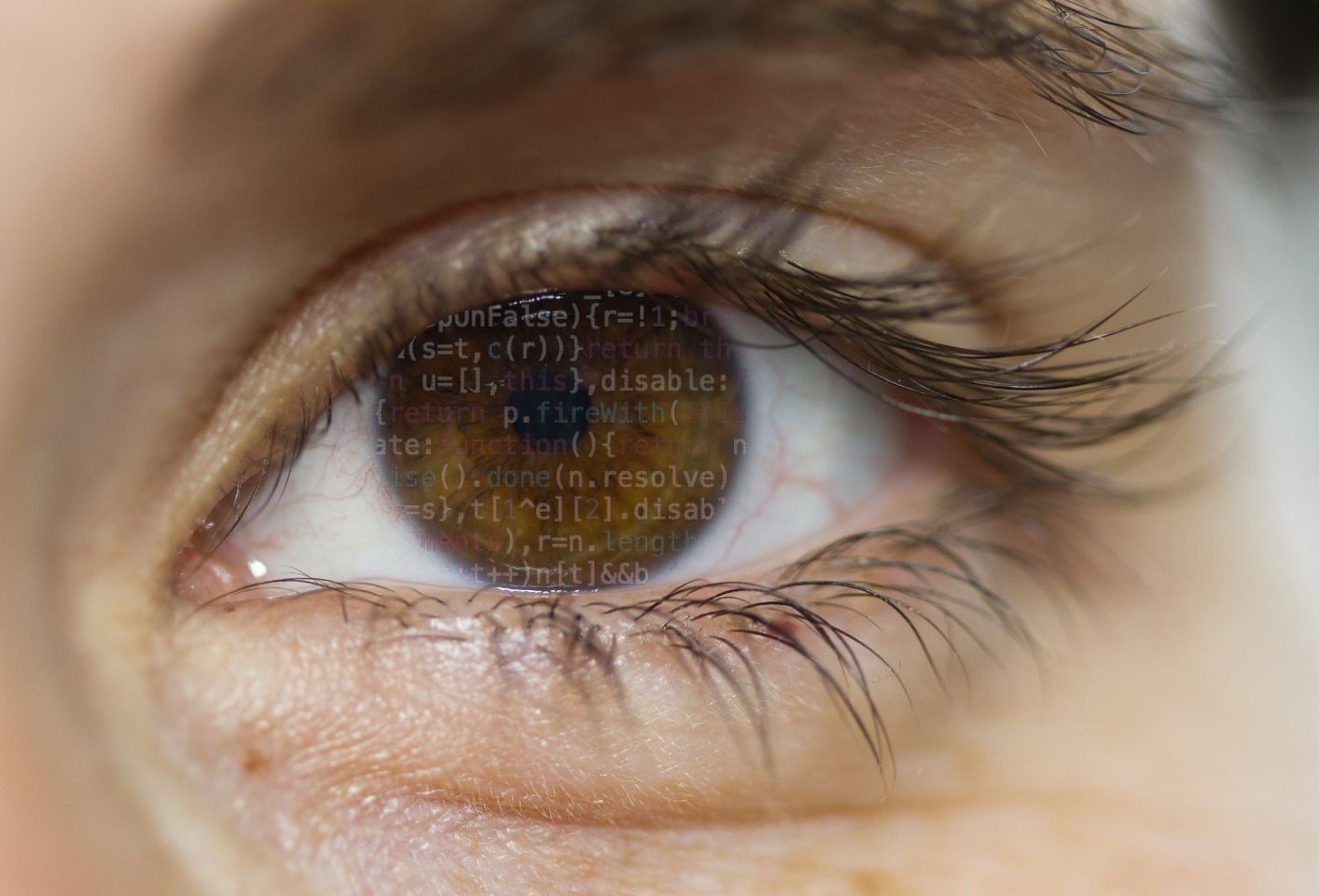
Technological innovation has always been fundamental to ophthalmology, as its main object of study ─the eye, is an organ of small structures, which requires specific equipment to be correctly observed. Technological advances have made it possible to incorporate several lenses, objectives, cameras, ultrasound, infrared sensors, lasers, etc.
Thanks to the technological revolution of recent years, ophthalmology is also using 3D imaging, virtual reality and, more recently, big data and artificial intelligence for data analysis. These tools have made it possible to obtain increasingly accurate and reliable results and, at the same time, to offer a more pleasant experience for patients undergoing tests and a greater flexibility for the specialists performing them.
Optometrist Núria Galceran discussed this technological innovation in one of the latest clinical sessions organised by ICR.
At Institut Català de Retina we have several tools based on the technological developments listed above, and we are working on research projects to incorporate new ones. Some examples of technological innovation we are already working with are:
Artificial intelligence has also entered the fields of ophthalmology and optometry. For now, it is essentially used for data analysis, as in the processing of the device BulbiCAM, a machine that uses virtual reality and helps the patient to carry out a visual field, in addition to increasing the accuracy of the results.
Currently, this technology can also be used to screen for diabetic retinopathy, classify lesions, monitor the progress of certain diseases, and generate graphs to track pathologies like age-related macular degeneration or macular oedema. Diagnostic and prognostic features for ocular pathologies are still being investigated with AI, as well as the estimated calculation of visual acuity according to the evolution of the disease, although it is expected that there will soon be tools that will facilitate this.
However, we must bear in mind that artificial intelligence has certain limitations, such as the lack of transparency in the learning algorithms it uses, the need for diversity of data to be taken into account (the diversity of the population should be reflected so that it is validated with scientific rigour) and the need for regulation that guarantees the security and privacy of patient data.
That is why, among other reasons, artificial intelligence must always be a complementary tool to the decisions made by medical professionals. It needs to be combined with ophthalmic technology, the scientific knowledge of specialists and an understanding of patients’ needs.
A common question after the emergence of this technological revolution is whether AI will eventually “take off our jobs” and replace people. The first studies have already been published comparing some of the tasks carried out by healthcare professionals with the performance of the same functions by this technology.
So far, the conclusions that have been drawn indicate that artificial intelligence can make a doctor’s job easier or complement it in a number of ways. The developers of this technology or even AI apps themselves claim that they will never be able to exclude the task of a healthcare specialist. Their aim is to help professionals to be more efficient, not to replace them.
Contact us or request an appointment with our medical team.